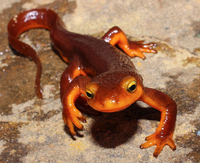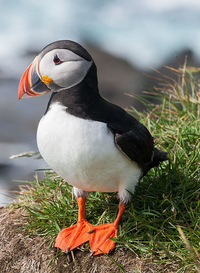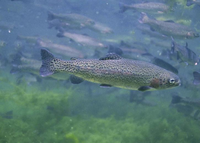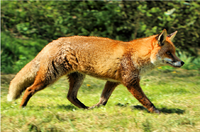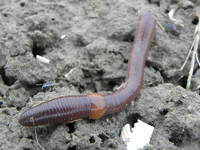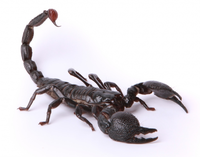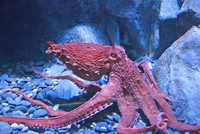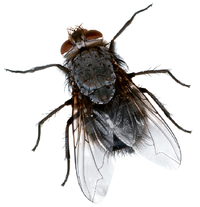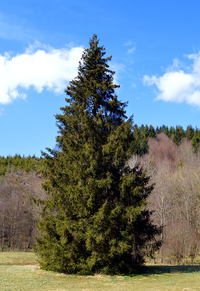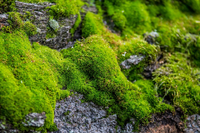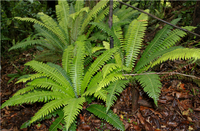Difference between revisions of "Taxonomy"
| Line 55: | Line 55: | ||
|- | |- | ||
| style="height:20px; width:200px; text-align:center;" |[[Flowering Plants]]. | | style="height:20px; width:200px; text-align:center;" |[[Flowering Plants]]. | ||
| − | | style="height:20px; width:200px; text-align:center;" |Coniferous Plants. | + | | style="height:20px; width:200px; text-align:center;" |[[Conifer|Coniferous Plants]]. |
| − | | style="height:20px; width:200px; text-align:center;" |Mosses | + | | style="height:20px; width:200px; text-align:center;" |[[Moss|Mosses]] |
| − | | style="height:20px; width:200px; text-align:center;" |Ferns | + | | style="height:20px; width:200px; text-align:center;" |[[Fern|Ferns]] |
|} | |} | ||
Revision as of 07:56, 17 August 2018
Contents
Key Stage 2
Meaning
Grouping living things is done to make it easier to identify different creatures.
About Grouping Living Things
- Living things can be grouped in different ways.
- Scientists usually group things by common features or common behaviour.
Examples
Vertebrates and Invertebrates
- A vertebrate is an animal with a backbone.
- An invertebrate is an animal without a backbone.
| Amphibians are vertebrates. | Birds are vertebrates. | Fish are vertebrates. | Mammals are vertebrates. | Reptiles are vertebrates. |
| Snails are invertebrates. | Earthworms are invertebrates. | Scorpions are invertebrates. | Octopuses are invertebrates. | Flies are invertebrates. |
Flowering Plants and other Plants
- A Flowering Plant is a plant that grows flowers.
- Not all plants grow flowers. There are also Mosses, Ferns and Conifers which don't grow flowers.
| Flowering Plants. | Coniferous Plants. | Mosses | Ferns |
